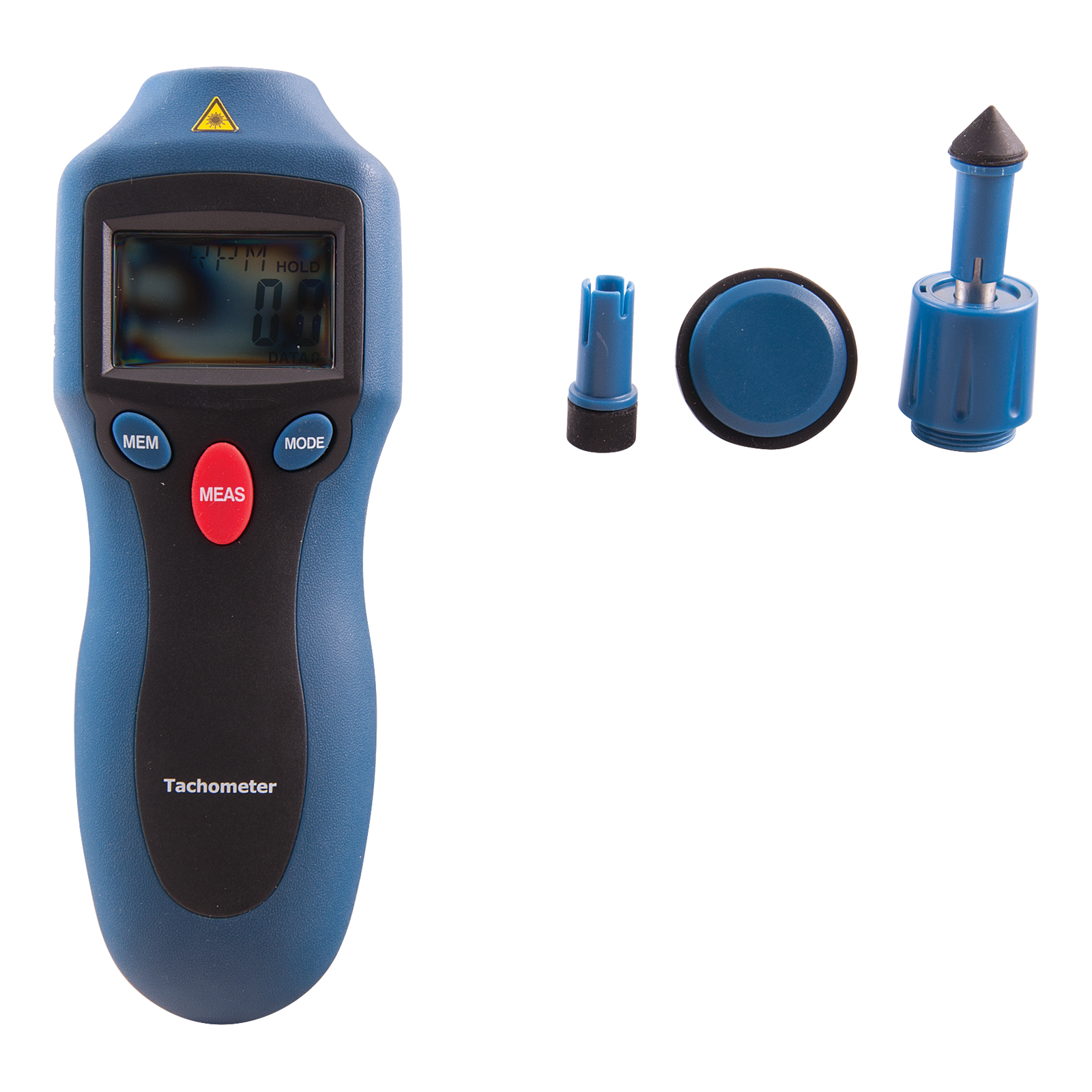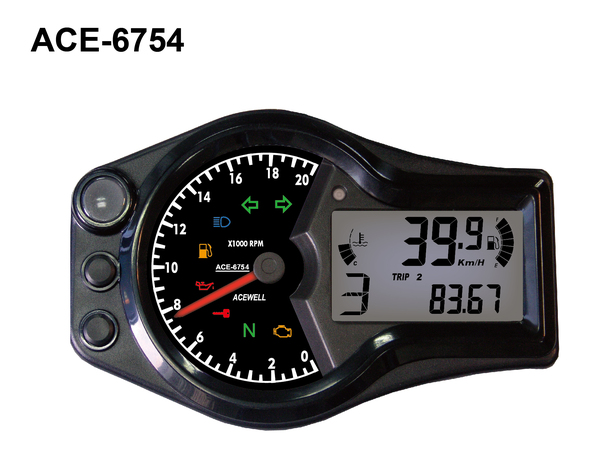Expert Tips for Preserving and Calibrating Your Tachometer
Expert Tips for Preserving and Calibrating Your Tachometer
Blog Article
The Significance of a Tachometer in Keeping An Eye On Engine Speed and Efficiency in Automotive Applications
In the realm of auto engineering, the tachometer stands as a pivotal tool in the driver's toolbox, providing a direct home window into the internal operations of a car's engine. Past its function as a simple gauge of transformations per min (RPM), the tachometer works as a critical tool for lovers and specialists alike, offering real-time understandings right into engine performance and health and wellness. Recognizing the significance of this gadget goes past surface-level observations, delving right into the detailed relationship between engine rate, power result, and overall driving experience. As we check out the complex role of the tachometer in automobile applications, a much deeper admiration for its influence on automobile characteristics and efficiency begins to emerge.
Relevance of Monitoring Engine RPM
Keeping an eye on engine RPM, or transformations per min, is a crucial aspect of automobile maintenance and efficiency analysis. Engine RPM directly associates with the speed at which the engine's crankshaft revolves, showing how quickly the engine is running - tachometer. By monitoring RPM, technicians can examine the wellness of the engine, identify prospective problems, and fine-tune performance. An unusual RPM reading might indicate issues such as engine misfires, faulty spark plugs, or concerns with the gas shipment system. Constantly high RPM analyses might suggest hostile driving behaviors or the need for a greater gear change to enhance fuel performance.
Furthermore, keeping an eye on engine RPM is crucial for performance examination in racing and high-performance automobiles. In recap, monitoring engine RPM is not only crucial for finding issues but additionally for enhancing engine efficiency in numerous auto applications.

Benefits of Real-Time Data
In automotive applications, real-time data plays a vital duty in giving instant insights into the performance and problem of the automobile. By continually checking different parameters such as engine rate, temperature level, gas intake, and more, real-time information offers numerous advantages that contribute to improved effectiveness and security when traveling.
In addition, real-time information facilitates efficiency optimization by offering immediate comments on driving routines and engine efficiency. Motorists can adjust their actions in real-time based on this information to attain better gas economic climate and prolong the life expectancy of their vehicle.

Furthermore, real-time information plays an important duty in contemporary automotive diagnostics, allowing technicians to swiftly detect and deal with breakdowns. This leads to minimized downtime, lower maintenance prices, and ultimately, enhanced general lorry reliability and durability (tachometer). By harnessing the power of real-time data, auto stakeholders can make informed decisions that positively influence both the efficiency and longevity of the car
Influence On Gear Shifts
Effective gear changes in auto applications considerably affect total efficiency and driving experience. The tachometer plays an important function in maximizing equipment changes by providing real-time engine rate information to the vehicle driver. When coming close to the redline on the tachometer, it signifies the vehicle driver to upshift to avoid over-revving the engine and causing potential damage. On the other hand, downshifting at the right moment can assist preserve the engine in its power band, Discover More Here guaranteeing responsive acceleration when needed.
Additionally, the tachometer aids in achieving smoother gear changes, especially in hand-operated transmissions. By monitoring engine rate, motorists can carry out gear changes at the optimum RPM variety, lowering snagging movements and reducing wear on the transmission parts. This precision in gear changes not just enhances driving convenience however also adds to sustain efficiency.
Enhancing Gas Effectiveness
Given the essential function the tachometer plays in optimizing equipment shifts for performance and engine wellness, it straight adds to making best use of fuel efficiency in vehicle applications. By offering real-time responses on engine speed, the tachometer aids drivers in keeping the most effective RPM range for gas economy. When motorists regularly check the tachometer and change their driving routines accordingly, they can prevent unneeded fuel usage triggered by over-revving or carrying the engine.
In addition, the tachometer aids drivers identify the most fuel-efficient gear to be in at any given moment, preventing the engine from working more challenging than needed. In verdict, sites the tachometer offers as a valuable device in improving fuel effectiveness by promoting optimal driving habits and identifying locations for renovation in the lorry's efficiency.

Making Best Use Of Engine Long Life
The tachometer's duty in checking engine rate and performance is crucial in making certain the long life of vehicle engines. By utilizing the tachometer effectively, vehicle drivers can enhance engine durability through conscious RPM monitoring. Continually revving an engine as well high can result in too much deterioration on crucial parts, such as the pistons, shutoffs, and bearings. In time, this can result in lowered engine performance and potential breakdowns. Keeping track of the tachometer permits chauffeurs to stay within the suggested RPM range for their vehicle, avoiding unneeded pressure on the engine and Read Full Article expanding its lifespan.

Conclusion
In verdict, the tachometer plays an important role in keeping an eye on engine speed and efficiency in automotive applications. By supplying real-time data on RPM, it permits efficient gear changes, improved gas performance, and made the most of engine long life. This tool is necessary for keeping ideal engine efficiency and ensuring the general capability of a vehicle.
Report this page